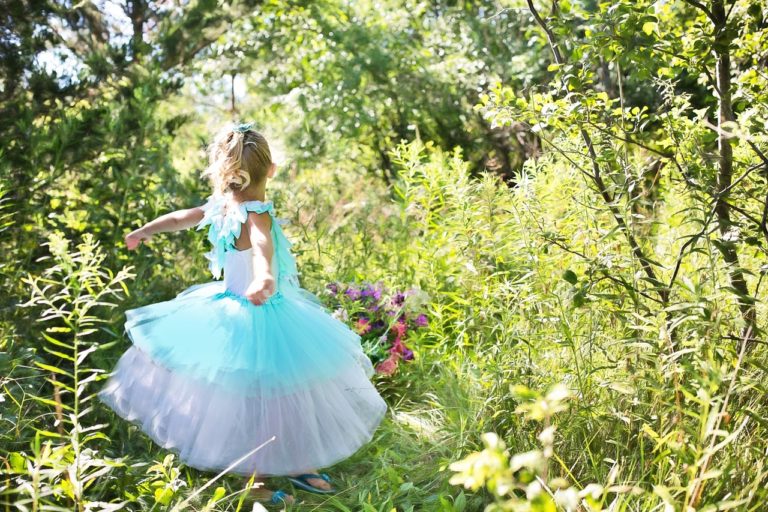When I was interviewing preschools, one of my questions was, of course, “How do you handle discipline?” Folks, I must be waaaaay out of the loop on what’s de rigeur in early childhood education these days, because with only one exception, every time I asked this question, the school administrator was quick to tell me reassuringly that they don’t do time out.
They don’t do time out.
They don’t do time out? Really?
Friends, this boggled me.
Apparently, preschools these days are doing “redirection.” This, I’m told, is when they simply try to distract a child if things aren’t going well. Jimmy, I told you three times now not to argue with Sarah over the blocks. Let’s go play with these cars and trucks instead. Don’t you love these cars and trucks? Something like that. And yes, starting with a behavior directive about what to do and not do is a start. But simply distracting when the behavior doesn’t change doesn’t address the behavior or give the child a reason not to engage in that same behavior in the future.
I have to admit, I didn’t let that answer lie. I said things like, “So, if a child is hitting someone or throwing toys or out of control in some other way, and you can’t get them to stop using a verbal directive, you just move them to another situation? There are no consequences for the behavior? You don’t do anything to teach the child that if he or she is out of control, it’s not acceptable?”
I got a lot of uncomfortable looks in return, a lot of stuttered answers. In fact, only one school was even willing to say the word “consequences.”
Now, I know that we are living in a very liberal, PC, the-child-is-king kind of world here, but in life, there are consequences. We don’t escape them as adults. Why should we not have them as children? Consequences teach us that our choices sometimes have a negative effect.
At home, L has a time out chair. And when she is out of control or refusing to listen or unable to get a grip on herself – which happens from time to time when you’re two years old – then I ask her if she needs a break. I say, “Do you want to calm down/listen to Mommy/do what I told you, or do you want to take a time out?” Usually, just giving her the choice is enough to encourage her to make the right decision. If she doesn’t respond, I’ll say, “Okay, you are still doing [whatever she is not supposed to], so it sounds like you want to take a time out. Is that right?” Nine times out of ten, if she didn’t get it the first time around, she gets it the second time.
But every once in a while, L needs a time out. She needs a brief but complete removal from whatever situation she’s in, because she is not emotionally mature enough to get a handle on herself. She might be too emotional. She might be too caught up in whatever she is doing. And so she just needs a little help to remove herself from the situation for a few moments. Just long enough to sort of re-set her emotions, let her breathe deep. I usually give her a minute or two on her own, and then we chat about what she was doing and why she needed to take a break, and then we hug and move on.
And come on – no one was ever hurt by being forced to take a break. Shoot, there are plenty of times when I need to step away from something, gain control of my emotions, refocus, go back into what I was doing with a different approach. But because I’m an adult, I usually know when I need a time out, and I will choose to give myself one. A two year old, though? Not likely. Two year olds aren’t mature enough to gauge their own time out needs.
So I have to tell you, I am really bemused by the “Time Out is Bad” mentality. I’d really like to understand the thinking behind this. I probably should have asked for a deeper explanation.
Maybe I’m in some kind of minority on this, but I wasn’t about to enroll L in a preschool program where there are zero consequences for misbehavior or out of control behavior. I want her in a program that is upholding the same standards and values we’re trying to teach her at home. I want her in a school that is sensitive to what a two year old needs: structure and boundaries, encouragement and gentle teaching – with appropriate consequences when they are warranted, so that learning takes place.
Luckily, the program I liked best does utilize time out when it’s deemed helpful and needed, although they call it “taking a break.” It looks almost exactly like we do it at home. The child gets an opportunity to choose to change his or her behavior before being gently led to a chair and asked to sit for a short time, usually accompanied by an adult staff member. It’s brief, it’s handled gently and fairly, and there is a follow-up conversation about why the time out happened to ensure the child understands. L hasn’t needed a time out at school yet, but if and when she does, I know I’ll be informed, and I’ll have an opportunity to understand what happened.
So friends, I’m curious: what are your thoughts on the apparent state of Time Out? Feel free to leave a comment below or on Facebook. I’d love to know your take on this.






Crazy right, but delilahs school does do time out and she happens to be in it quite a bit.
We do time outs as does C’s preschool when needed. I do not understand the anti-time out movement…